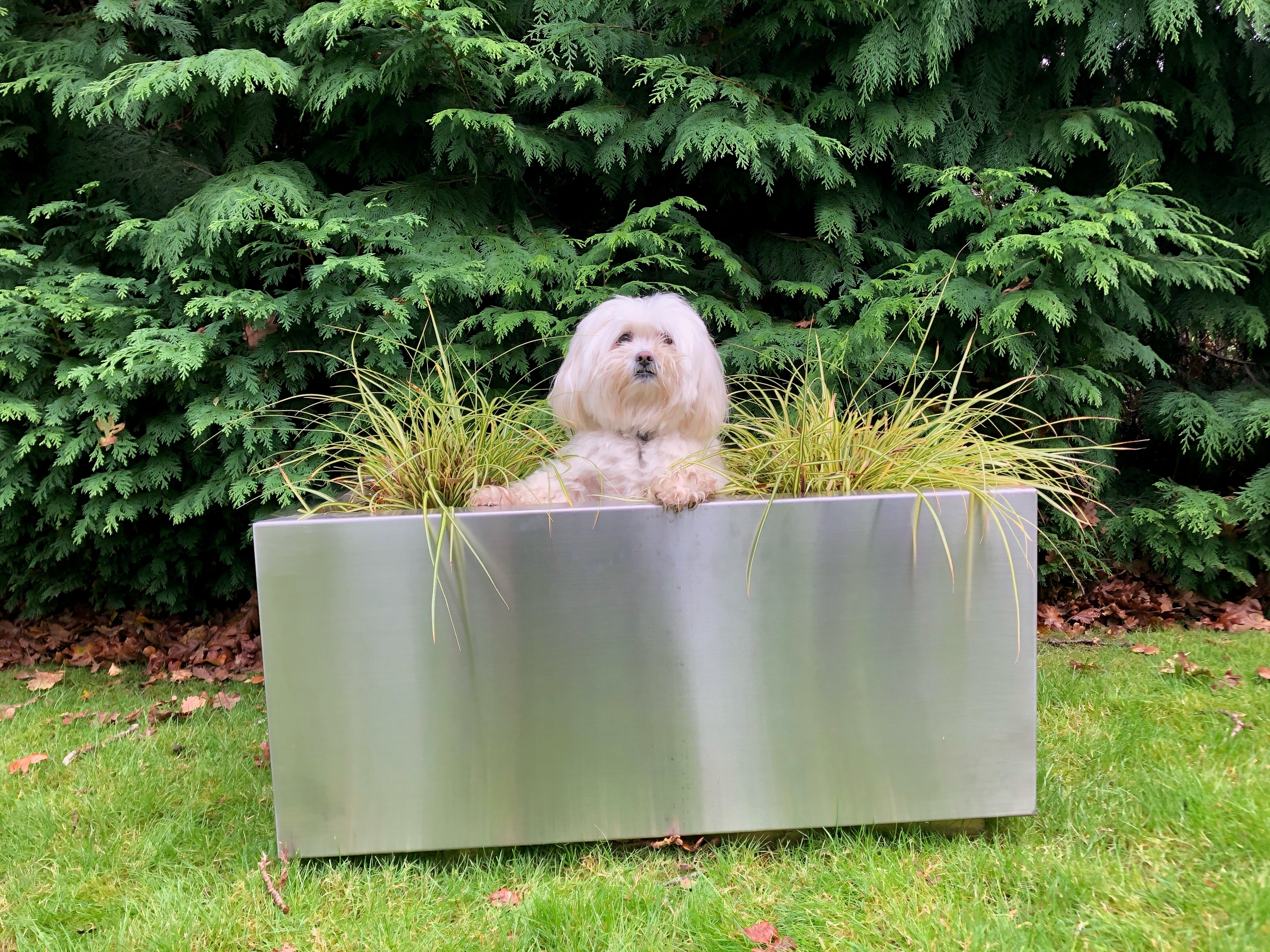advanced metal fabrication ·
Laser CUtting ·
Laser Metal cutting ·
Metal Fabrication ·
sheet metal fabrication ·
Elevating Metal Fabrication: The End User's Guide to Traditional vs. Advanced Techniques

In the essential world of metal fabrication, the choice between traditional methods and cutting-edge technologies can significantly impact the end user's experience. Traditional metal fabricators, relying on manual processes and skilled craftsmanship, stand in stark contrast to their advanced counterparts utilizing computer aided precise cutting, bending, welding, and finishing systems. Let's delve into the key differences and explore how these choices shape the end user's journey.
Precision Redefined:
Traditional Metal Fabricators: Craftsmanship is at the forefront, but the precision can vary depending on the skill of the individual worker. Manual tools may lead to slight variations in measurements and product quality. Consistency can become a concern as the output is artisan dependent.
Advanced Metal Fabricators: Enter the world of CNC precision. Fiber laser technology and CNC press brakes ensure consistent, accurate results. The end user can expect products that meet or exceed specified tolerances, setting a new standard for precision for the first-to-last product.
Customization Unleashed:
Traditional Metal Fabricators: Limited by manual capabilities, customization options may be constrained, especially when dealing with intricate or complex designs.
Advanced Metal Fabricators: Armed with advanced machinery, customization knows no bounds. Complex designs become achievable, catering to the unique needs and creative visions of end users. The mantra is flexibility and adaptability.
Timely Delivery and Efficiency:
Traditional Metal Fabricators: Manual processes often translate to longer lead times. Delays can be inevitable, impacting project timelines.
Advanced Metal Fabricators: Automation is the name of the game. Robotic welders and CNC machines translate into faster production times, ensuring timely delivery. Efficiency becomes a hallmark, crucial for end users with tight schedules.
The Cost Conundrum:
Traditional Metal Fabricators: Upfront costs might be lower, but labor-intensive processes can result in higher overall costs. The trade-off between initial investment and long-term expenses is a delicate balance.
Advanced Metal Fabricators: A higher upfront investment in design and programming pays dividends in the long run. Reduced labor costs, faster production, and lower overall expenses contribute to a more cost-effective solution over time.
Sustainability and Scalability:
Advanced Metal Fabricators: Embrace sustainability with energy-efficient equipment and reduced waste. Scalability is a breeze, accommodating the growing needs of end users with ease.
Technological Innovation:
Advanced Metal Fabricators: Stay on the cutting edge of technology, incorporating the latest advancements. End users benefit from innovative techniques, enhancing product quality and performance.
In conclusion, the choice between traditional and advanced metal fabricators transcends mere production methods—it defines the end user's experience. While traditional methods hold the charm of craftsmanship, advanced technologies usher in an era of precision, efficiency, and limitless possibilities. The decision rests on the unique needs of the end user, balancing tradition with the undeniable allure of progress in the world of metal fabrication.
Precision Redefined:
Traditional Metal Fabricators: Craftsmanship is at the forefront, but the precision can vary depending on the skill of the individual worker. Manual tools may lead to slight variations in measurements and product quality. Consistency can become a concern as the output is artisan dependent.
Advanced Metal Fabricators: Enter the world of CNC precision. Fiber laser technology and CNC press brakes ensure consistent, accurate results. The end user can expect products that meet or exceed specified tolerances, setting a new standard for precision for the first-to-last product.
Customization Unleashed:
Traditional Metal Fabricators: Limited by manual capabilities, customization options may be constrained, especially when dealing with intricate or complex designs.
Advanced Metal Fabricators: Armed with advanced machinery, customization knows no bounds. Complex designs become achievable, catering to the unique needs and creative visions of end users. The mantra is flexibility and adaptability.
Timely Delivery and Efficiency:
Traditional Metal Fabricators: Manual processes often translate to longer lead times. Delays can be inevitable, impacting project timelines.
Advanced Metal Fabricators: Automation is the name of the game. Robotic welders and CNC machines translate into faster production times, ensuring timely delivery. Efficiency becomes a hallmark, crucial for end users with tight schedules.
The Cost Conundrum:
Traditional Metal Fabricators: Upfront costs might be lower, but labor-intensive processes can result in higher overall costs. The trade-off between initial investment and long-term expenses is a delicate balance.
Advanced Metal Fabricators: A higher upfront investment in design and programming pays dividends in the long run. Reduced labor costs, faster production, and lower overall expenses contribute to a more cost-effective solution over time.
Sustainability and Scalability:
Advanced Metal Fabricators: Embrace sustainability with energy-efficient equipment and reduced waste. Scalability is a breeze, accommodating the growing needs of end users with ease.
Technological Innovation:
Advanced Metal Fabricators: Stay on the cutting edge of technology, incorporating the latest advancements. End users benefit from innovative techniques, enhancing product quality and performance.
In conclusion, the choice between traditional and advanced metal fabricators transcends mere production methods—it defines the end user's experience. While traditional methods hold the charm of craftsmanship, advanced technologies usher in an era of precision, efficiency, and limitless possibilities. The decision rests on the unique needs of the end user, balancing tradition with the undeniable allure of progress in the world of metal fabrication.

